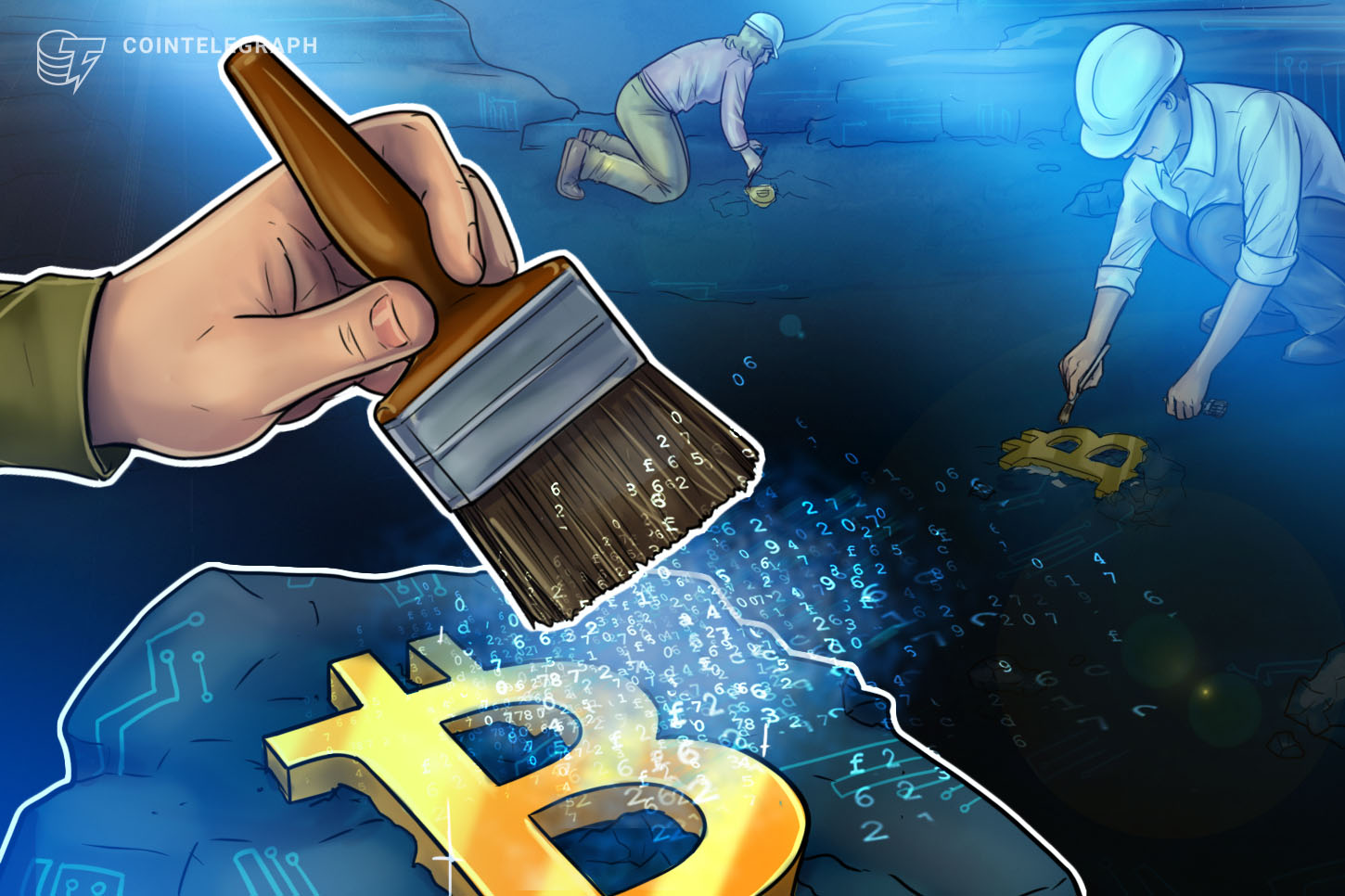Mining is the process of extracting valuable minerals, metals and other resources from the earth. This may entail extracting minerals from underground deposits or from the earth’s surface. The minerals and resources extracted through mining are used for a wide range of purposes, including energy production, construction and manufacturing.
Mining can take many forms, including underground mining, surface mining and placer mining. The specific method used depends on the type of resource being extracted and the location of the deposit.
Moreover, the mining process typically involves several stages, including:
Exploration: To locate a deposit.Extraction: To remove the minerals or resources.Processing: To extract the valuable components.Reclamation: To restore the site to its original state.
Mining can have a variety of effects on the environment and nearby populations, both good and bad. So, it’s critical that mining businesses use sustainable practices to reduce these effects. A new type of mining has emerged recently with the emergence of cryptocurrencies. This type of mining involves employing specialized computer hardware to verify transactions on a blockchain network.
Related: How to mine Bitcoin: A beginner’s guide to mine BTC
Let’s explore the history of mining from the stone age to the digital era.
Mining in the stone age
Since the stone age, when primitive humans first began to use basic tools like hammers and chisels made of stone or bone to harvest minerals and precious stones from the soil, mining has been a part of human history. They frequently concentrated on acquiring resources that were near the surface, such as ochre for generating paintable colors and flint for making tools and weapons.
During the stone age, mining was mainly done by lone individuals or small groups as a byproduct of hunting and gathering. The scale of the operations was minor in comparison to current mining, and the methods employed were constrained by the technology at hand.
Despite these restrictions, early people were nonetheless able to significantly develop mining and collect a variety of priceless commodities from the soil. These resources were crucial in forming human societies and the advancement of new civilizations and technologies.
Mining in the middle ages
Mining developed into a highly structured, labor-intensive industry during the middle ages. To extract minerals from farther underground, miners used hand tools and animal-powered technology, like water wheels and horse-drawn wagons. Mining shifted its emphasis from locating resources near the surface to gaining access to minerals buried farther below the surface.
Mining was an important source of revenue for many European nations during the middle ages, and it was governed by monarchs and the Catholic Church. Miners frequently formed guilds and were expected to give the church or the king a percentage of their profits. On the minerals they extracted, miners occasionally also had to pay taxes.
Despite these limitations, mining contributed significantly to the advancement of European civilization during the middle ages. Many different items were made from the minerals and resources that were taken through mining, such as iron for tools and weapons, silver for currency, and salt for food preservation.
Overall, mining during the middle ages was a much more organized and regulated activity compared to the simpler and more informal methods used during the stone age. The advancements in technology and organization during this period laid the foundation for the further development of mining in the centuries to come.
Mining in the 20th century
Technology advancements, alterations in political and economic systems, and an increase in the demand for minerals and resources all contributed to substantial developments in mining during the 20th century. Some of the key developments during this period include:
Mechanization: The advent of mechanical machinery and automated procedures revolutionized the mining sector and led to more effective and extensive extraction of minerals and commodities.Environmental concerns: The effects of mining on the environment grew as its scope increased. As a result, laws were passed to minimize mining’s negative environmental effects and advance sustainability.The rise of nationalization: Mining was nationalized in many nations, and the government assumed control of the country’s mineral resources. This led to the concentration of power and the growth of huge, state-controlled mining firms while also allowing for greater control over the sector and the distribution of minerals and resources.Labor unions: Miners organized into labor unions in various nations to enhance their working conditions and to bargain for better pay and benefits. As a result, the mining sector’s labor force became more structured and governed.Increased globalization: During the 20th century, the mining industry was also impacted by the expansion of international trade and investment. Global mining operations were becoming more common, and nations battled for capital and the development of their natural resources.
Mining in the digital era
Mining in the digital era is characterized by the increasing use of technology and automation in the extraction of minerals and resources. Some of the key trends and developments include:
Data-driven mining: As digital technologies have developed, mining businesses now have access to a wealth of data that they can utilize to streamline their processes. This comprises information on the geological conditions, the production methods and the use of resources, among other things.Blockchain technology: Blockchain technology is being used to improve transparency and traceability in the supply chain of minerals and resources. This allows for greater accountability and reduces the risk of conflict minerals entering the market.Automation: To increase productivity, cut costs and improve safety, automation is being used more and more in mining operations. This covers the employment of robots, drones and autonomous vehicles as well as computerized methods for mining and processing minerals.Renewable energy: Mining enterprises are increasingly using renewable energy sources, such as solar and wind power, to run their operations, which lowers their carbon footprint and increases sustainability.Virtual reality and simulation: Virtual reality and simulation technologies are being used to improve the efficiency and safety of mining operations. This includes the use of virtual simulations to test and optimize mining processes, as well as virtual reality training programs for miners.
Related: What is a digital twin, and how does it work?

Overall, the digital era has brought significant changes to the mining industry, driven by advances in technology and the growing demand for sustainable and efficient mining practices. Although these modifications have the potential to enhance the economic, environmental and social effects of mining, they also bring with them brand-new difficulties, including cybersecurity and the ethical use of data.
Source: https://cointelegraph.com/news/the-history-of-mining-from-the-stone-age-to-the-digital-era


